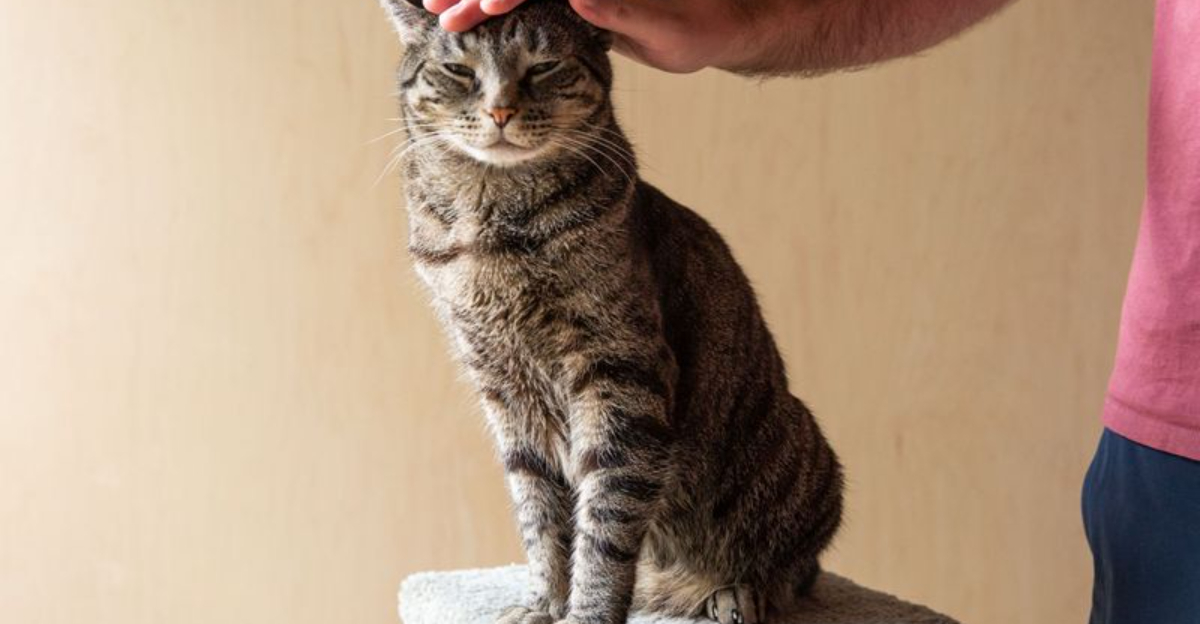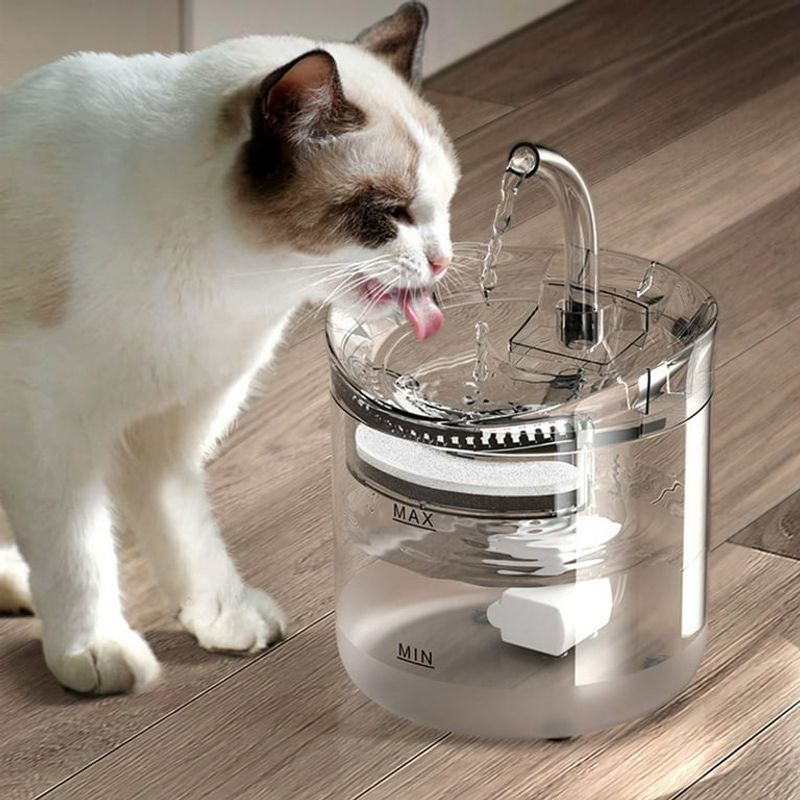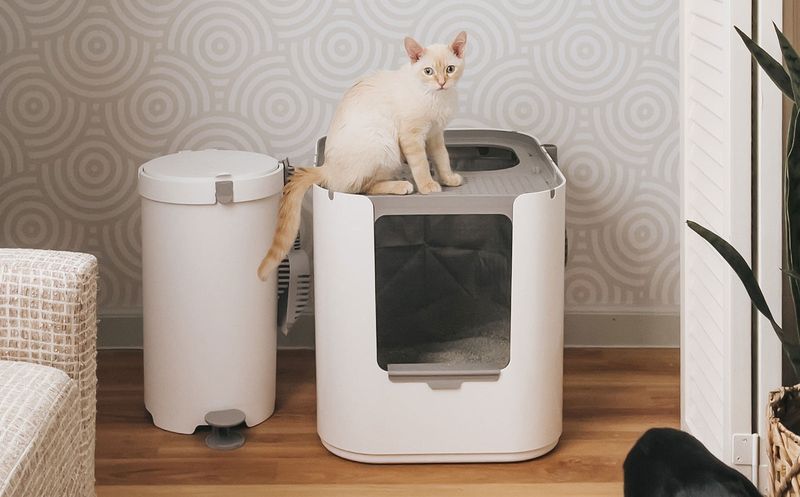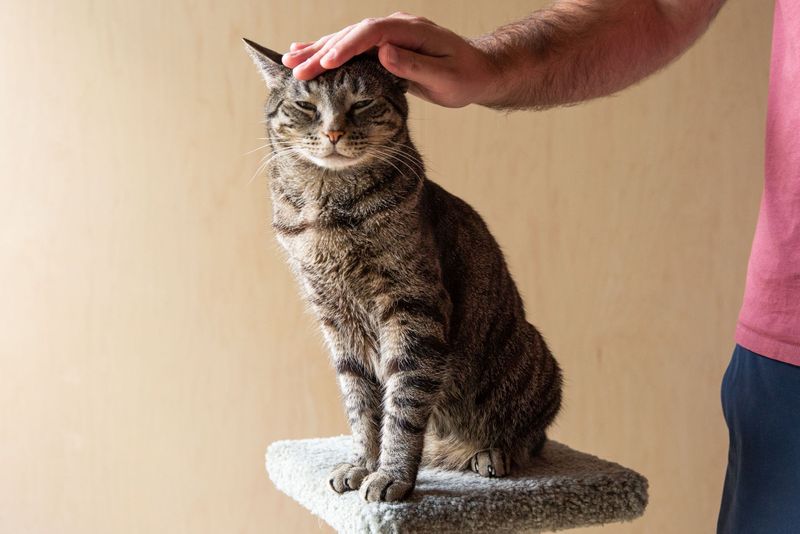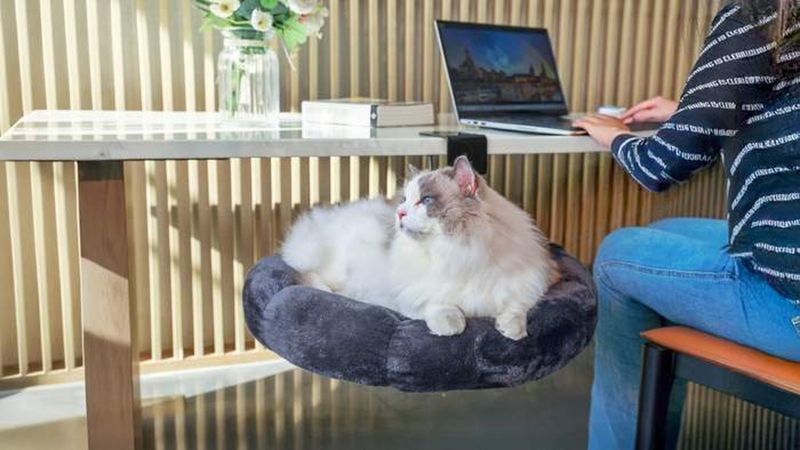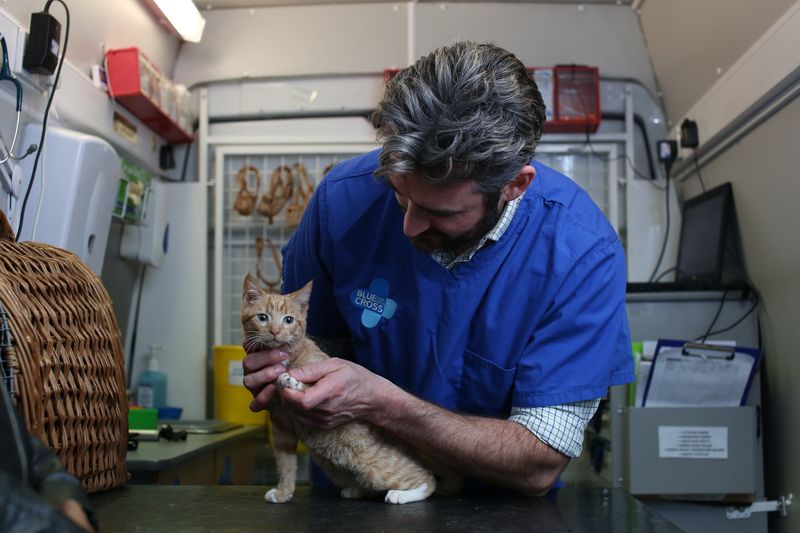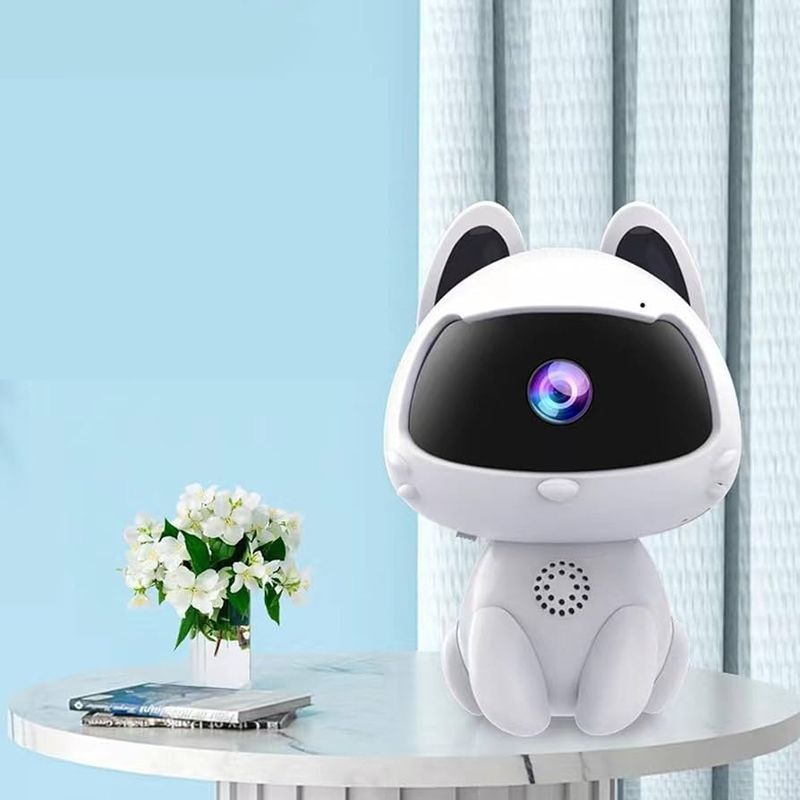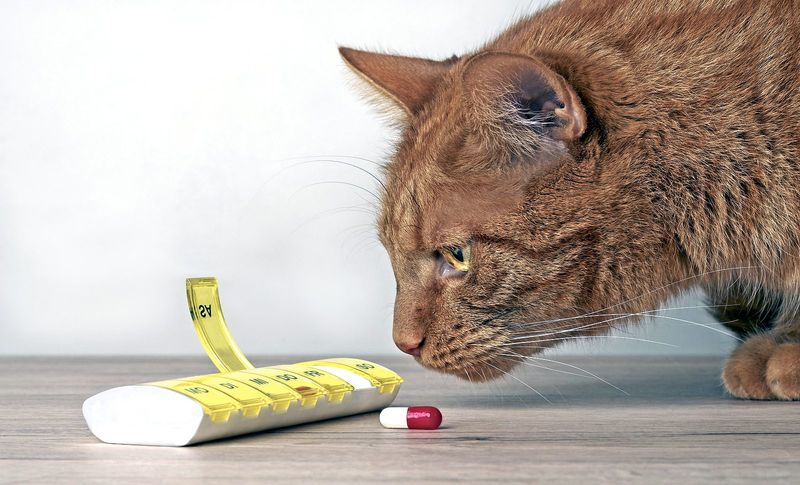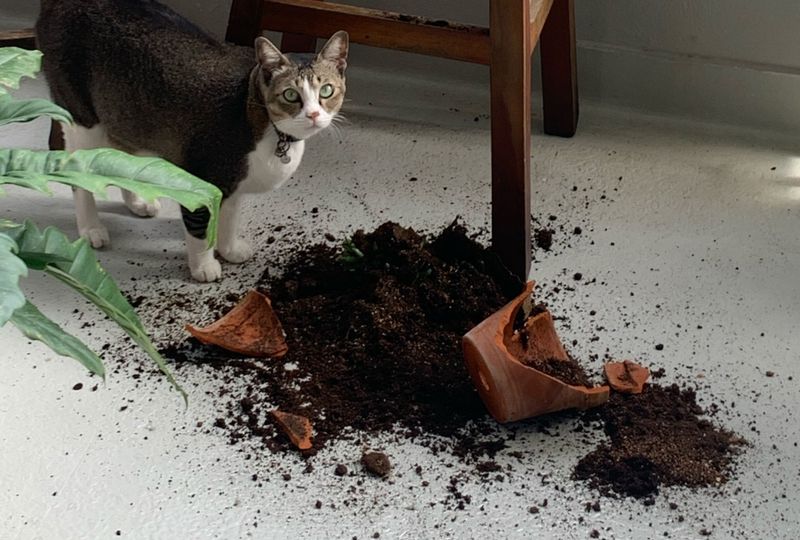📖 Table of Content:
- 1. Sufficient Food and Water Supply
- 2. Clean Litter Box Setup
- 3. Reliable Cat Sitter or Trusted Visitor
- 4. Comfortable Environment
- 5. Emergency Contact Info and Vet Details
- 6. Pet Camera or Monitor (Optional but Helpful)
- 1. Toxic Plants (e.g., lilies, aloe, philodendron)
- 2. Stringy Toys or Hair Ties
- 3. Human Food & Medications
- 4. Small or Breakable Objects
Going on vacation is always exciting, but if you’re a cat owner, it comes with the added responsibility of making sure your feline companion is safe and comfortable while you’re away. Unlike dogs, cats can usually stay at home without too much disruption to their routine—but that doesn’t mean you can just walk out the door. Proper preparation is essential to ensure your cat remains happy, healthy, and stress-free in your absence.
While cats are generally independent creatures, they still need a consistent supply of food, clean water, a sanitary environment, and human interaction. Arranging these essentials ahead of time not only gives your cat what they need, but it also brings peace of mind to you while you’re away. Whether it’s a weekend getaway or an extended trip, creating a checklist of must-dos ensures nothing falls through the cracks.
In addition to what you should provide, there are also some hazards you must remove or secure. Curious cats are known for exploring—and sometimes that curiosity gets them into trouble. From toxic plants to stringy objects, your home can quickly become a danger zone if precautions aren’t taken. In this guide, you’ll find both: six critical things to prepare before you leave, and four potential hazards to keep out of reach.
1. Sufficient Food and Water Supply
Maintaining steady access to fresh food and clean water is crucial. Automatic feeders and water fountains are a great investment for this purpose, especially for longer trips. These devices can dispense food at specific times, ensuring consistency in your cat’s diet. Refill them fully and test them before you leave to make sure they’re functioning properly. If you’re not using automation, leave clear instructions for your sitter on portions and feeding times. Also, clean and place extra bowls around the house in case of accidents or spills. Hydration is often overlooked, but it’s just as important as feeding.
2. Clean Litter Box Setup
Cats are very particular about their litter boxes, and a dirty one can lead to stress or accidents around the house. Clean the box thoroughly before you leave, including replacing the litter entirely. For longer trips, consider adding a second litter box to reduce odor buildup and ensure your cat always has a clean place to go. It’s a good idea to show your sitter where the litter supplies are stored and how to clean the box properly. Avoid switching litter types right before leaving, as changes in texture or scent can be off-putting. Place litter boxes in quiet, easily accessible areas of your home. A clean, consistent litter setup helps maintain your cat’s routine and comfort.
3. Reliable Cat Sitter or Trusted Visitor
Securing a responsible person to check in on your cat is perhaps the most important part of your prep. Even the most independent cat still needs eyes on them daily in case of emergencies, litter box issues, or emotional stress. Not only can a sitter feed and care for your cat, but they can also provide companionship during your absence. Ideally, this person should already be familiar with your cat to reduce anxiety on both sides. Give clear instructions about feeding routines, medications (if any), and habits to watch for. It’s wise to schedule a short visit before your trip to go over everything in person. That small step helps prevent confusion and builds trust.
4. Comfortable Environment
Creating a stress-free space helps your cat feel secure in your absence. Use familiar items like their favorite blankets, toys, or window perches to maintain a sense of normalcy. Leave blinds partially open so your cat can enjoy natural light and keep their usual view of the outdoors. If your cat has a preferred hiding spot or room, make sure it remains accessible. Sudden changes in furniture or layout can throw off their routine, so try to keep things consistent. Background noise like soft music or a TV on a timer can also provide comfort. Every detail that reflects “normal life” helps your cat feel less alone.
5. Emergency Contact Info and Vet Details
Including an emergency plan is smart, even if your cat has no health issues. Write out important contacts—like your vet’s number and an emergency clinic—and place it in an easy-to-spot area. Add details like your cat’s microchip number, vaccine history, and any medical quirks. If your sitter needs to make a quick decision, having that information ready can be a lifesaver. You might also want to pre-authorize your vet to treat your cat in case of emergencies. Include your own contact info and a backup person in case you’re unreachable. All of this prep creates a solid safety net.
6. Pet Camera or Monitor (Optional but Helpful)
Installing a pet camera gives you the unique advantage of checking in without intruding. With features like two-way audio and motion alerts, these tools offer both peace of mind and real-time updates. Set it up in a spot your cat frequents—like near their food bowl or resting area. Watching their behavior remotely lets you ensure they’re active, eating, and using the litter normally. It also lets you respond quickly if something looks off. While not strictly necessary, it’s a comforting option for many pet parents. It bridges the emotional gap of being away.
1. Toxic Plants (e.g., lilies, aloe, philodendron)
Many common houseplants are surprisingly dangerous to cats. Lilies, in particular, are highly toxic—even a nibble can cause kidney failure. Aloe, philodendrons, and peace lilies are other frequent offenders. To be safe, move any risky greenery to high, closed shelves or remove them entirely from accessible areas. Even if your cat doesn’t normally chew plants, boredom while you’re away might change that. You can consult the ASPCA’s pet-safe plant list to double-check what’s in your home. Better to be overly cautious than risk a toxic reaction while you’re not there to intervene.
2. Stringy Toys or Hair Ties
Cats often love playing with strings, ribbons, and elastic bands—but swallowing these can lead to serious intestinal blockages. Hair ties, yarn, or even parts of toys can become dangerous if left out. Always check the floor, furniture, and play areas for small objects your cat might find tempting. Securely store these items in drawers or closed containers. If your cat likes wand toys, remove the strings and leave only the plush end for safe play. Don’t forget about decorations like tassels or hanging cords that could pose a similar risk. Prevention is key when you’re not around to supervise.
3. Human Food & Medications
Some of the most dangerous items for cats are right in your kitchen and medicine cabinet. Chocolate, garlic, onions, grapes, and many medications—even over-the-counter ones—are toxic to felines. Store all food and medicine securely behind closed doors or in high cabinets. Never assume a sealed package or bottle is safe; cats are clever when curious. Ask your sitter to double-check counters and trash cans to avoid accidental exposure. If you take daily medication, don’t leave pill bottles out in the open. Your absence is not the time for an unplanned snack disaster.
4. Small or Breakable Objects
Cats naturally explore and climb, often knocking over whatever’s in their way. Fragile items like vases, picture frames, or glass decor can break and create sharp hazards. Put these items in low-traffic areas or store them until you return. Also watch out for small objects that could be swallowed—like jewelry, paperclips, or coins. Think like a curious cat when evaluating your space. If it can fit in their mouth or fall from a shelf, it’s best moved. Less clutter means fewer risks and fewer surprises for your sitter to clean up.
